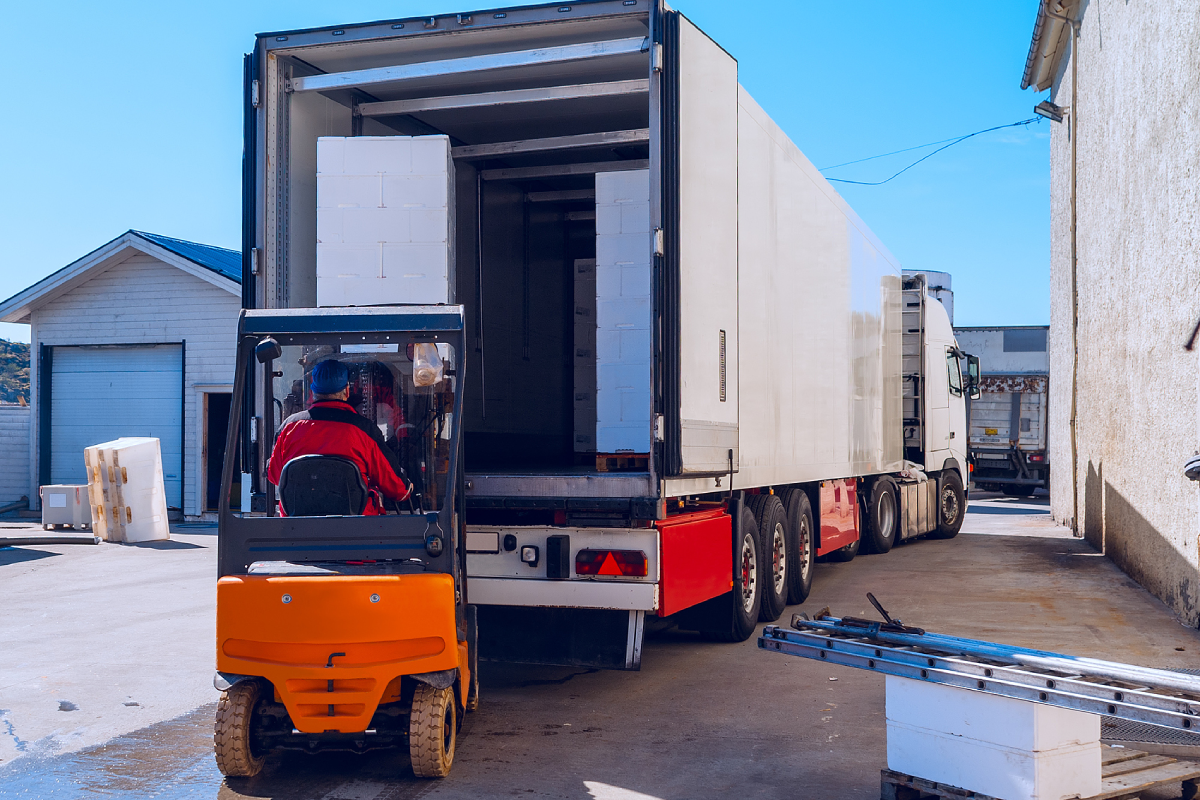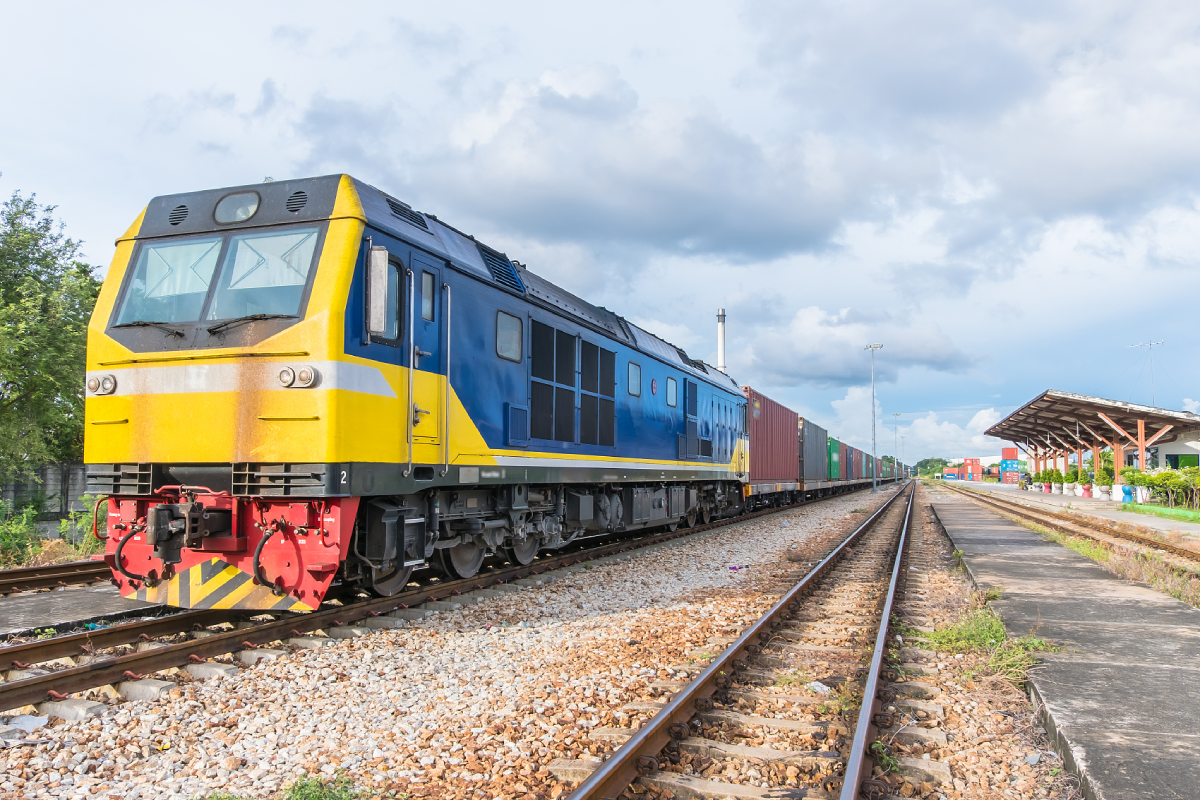Streamlined Documentation Through Single Through-Bills
Eliminating Redundant Paperwork Across Transport Modes
When companies switch to single through-bills, they end up dealing with way less paperwork across all those different transportation methods we use today like trucks, ships, and trains. Getting rid of all that extra documentation means faster processing for everyone involved and things just run smoother overall. Some studies have actually shown that businesses which adopt these simplified systems tend to save around 30% on their admin costs alone. Less duplicated paperwork translates into quicker turnaround times while cutting down mistakes along the way, making the whole supply chain work better from start to finish. For most logistics managers out there, this kind of system makes life easier day after day, benefiting both the business itself and whatever customers they serve.
Centralized Liability Management Systems
Having a centralized system for managing liability really helps coordinate different carriers and other players in multimodal transport setups. When companies put these integrated systems in place, they tend to see fewer arguments pop up over responsibilities and get through claim processes much faster. Some industry data shows resolution times have improved by around 25% since implementing such approaches. Another big plus is staying on top of regulatory requirements becomes easier when everything's centralized, which naturally cuts down on potential risks for the business. Businesses that go this route generally find themselves handling liability issues better day to day, which makes operations run smoother overall and builds confidence across the entire supply chain network.
Digital Solutions for Unified Customs Clearance
Digital customs platforms have become essential for making supply chains work better. Some companies report cutting down on clearance times almost in half, which makes goods move through borders much smoother. When everyone shares information instantly and documents go paperless, it creates transparency that helps meet all those complex customs rules. Customs officials get an easier time tracking what's coming in and out too, so their job becomes less complicated overall. The real value comes from how these systems cut red tape at border crossings worldwide. Businesses save money on delays while customers receive products faster, creating win-win situations across international trade networks.
Minimized Cargo Handling Through Seamless Transfers
Standardized Containerization Practices
Container standardization helps cut down on cargo handling headaches for businesses everywhere. When companies stick to uniform container sizes and follow consistent handling procedures, they save time during loading and unloading operations. Some studies indicate this can actually bring down operational costs by around 20%. On the flip side, inconsistent methods often cause unnecessary delays at ports and warehouses. Standards such as those defined under POSIX for containerization make sure everything fits together properly whether shipping by sea, land or air. Logistics firms that adopt these standards report less damage to goods during transit and fewer problems with miscommunication between different parts of their supply chain. This translates into real money saved and better customer satisfaction rates overall.
Automated Intermodal Transfer Facilities
Bringing automation into intermodal transfer facilities is changing how cargo gets handled day to day. The machines work faster than people ever could while cutting down on payroll expenses too. Some warehouses report their operations running about 40% better since they installed these systems. Another big plus? Fewer mistakes happen when humans aren't manually moving containers around all the time. Safety improves across the board. Most companies see their money back within just 2 or 3 years after investing in automation tech. That makes sense for business owners looking at both bottom line savings and smoother day to day operations in their multimodal logistics networks.

Damage Prevention Through Reduced Touchpoints
Cutting down on how many times cargo gets handled is really important for keeping things from getting damaged. Every extra time something is picked up increases chances of problems happening. That's why smart companies focus on things like straight through transportation paths and better ways to move stuff between different points. Studies show firms that work on reducing touchpoints end up with around 35% fewer damage claims according to industry reports. When businesses put these methods into practice, they not only protect their shipments better but also save money on insurance premiums while customers stay happy because what arrives at destination looks just as good as when it left warehouse shelves.
Dynamic Route Optimization Strategies
AI-powered Mode Selection Algorithms
When companies start using AI for choosing transportation modes, they see real improvements in how decisions get made. These smart systems look at all sorts of factors fast - things like shipping costs, delivery times, and available space in trucks or planes. Research from MIT shows that such AI tools can actually improve route planning by around 25 percent in many cases. What does this mean practically? Lower expenses for businesses definitely, but there's another benefit too. Less wasted fuel means fewer emissions overall when moving goods across different transport networks. Looking ahead, as machine learning keeps getting better, we're seeing transport managers rely more and more on these technologies to handle complex routing problems and cut down on delays that plague supply chains worldwide.
Balancing Cost vs. Speed Requirements
Getting the right mix of cost and speed matters a lot in multimodal transport if we want happy customers. Studies show people's priorities vary quite a bit actually there's about a 15 to 20 percent difference between what folks care about most money or how fast things get delivered. Smart businesses tackle this challenge by using good data analysis to find better routes that work for everyone involved. Logistics companies that show customers exactly what they pay versus how long it takes usually stand out from competitors because clients love having clear information about all their shipping choices.
Real-time Adaptation to Weather/Disruptions
When companies put real time data systems into place, they can react much faster when bad weather hits, which keeps most delivery schedules on track despite the chaos outside. Take a look at what happened with logistics firms that started using smart routing software last year – many reported cutting down their service problems by around 30 percent during storm seasons. The magic comes from predictive analytics tools that watch weather patterns closely and flag possible trouble spots before they become actual roadblocks. For businesses operating in regions prone to sudden storms or extreme temperatures, this kind of early warning system makes all the difference. Clients appreciate knowing their shipments won't get stuck indefinitely, and this reliability factor often becomes a key selling point when competing against rivals still struggling with outdated methods.
Carbon Footprint Reduction via Modal Shifting
Rail-barge combinations for long-haul legs
Using rail barge combos in logistics cuts down on environmental damage when compared to regular truck transportation. The numbers tell the story pretty well too these systems slash carbon emissions around half because trains handle most of the trip while barges take care of the last part. This mix of transport modes does more than just lower pollution levels it actually saves money too especially for those long distance hauls. Looking at what transport experts have been finding lately, there's no doubt this green method works really well. It could totally change how we move goods across country without leaving such a huge mark on our planet.
Emissions tracking across transport segments
Tracking emissions across operations helps businesses spot where improvements are needed and track how well those changes work over months or years. Companies that put in place good monitoring systems usually notice their reported emissions drop somewhere around 15-20%, though results vary depending on industry specifics. Being open about emission numbers actually boosts a company's image among customers who care about environmental impact. Many shoppers now check sustainability reports before making purchases. This kind of tracking fits right into larger green initiatives many corporations have adopted recently, showing real dedication to greener supply chain management instead of just talking about it.
Green customer incentives for sustainable routing
When companies start rewarding customers for going green in their shipping choices, they tend to see better customer retention while building up those important sustainability marks on their corporate reputation. We've seen some pretty good results from these kinds of programs lately. Businesses that give discounts or other perks when people choose greener delivery methods report around 15% more folks signing up for them compared to last year. This kind of green thinking fits right into what's happening worldwide with climate concerns, and it actually makes brands look better in the eyes of consumers who care about these issues. Companies pushing for more efficient routes and lower carbon footprints aren't just checking boxes off their ESG lists. They're creating real connections with customers who want to support businesses that share their values when it comes to protecting the planet.
IoT-enabled Multimodal Monitoring Systems
Bringing IoT tech into multimodal transportation systems has changed how we monitor cargo in real time. With continuous visibility throughout different transport methods, logistics folks can now follow shipments all the way from where they start until they reach their final stop. According to some industry data, businesses that adopt these IoT solutions typically experience around an 18 percent improvement in supply chain performance, which shows just how beneficial this tech really is. What makes it so valuable is that companies can respond quickly when something goes wrong during transit, making the whole system much more resilient against unexpected issues and generally more reliable for moving goods across multiple transport networks.
Predictive Analytics for Shipment ETA Accuracy
The field of predictive analytics is changing the game when it comes to forecasting when shipments will actually arrive at their destinations. These systems work with huge amounts of information and complicated math formulas to get better estimates on when things should show up, making those predictions around 30 to 40 percent more accurate than before. This matters quite a bit because it helps plan out delivery routes much better and keeps customers happy when packages turn up on time instead of getting delayed again and again. When companies start using real data from these predictive models, everyone involved stays on the same page most of the time. There are fewer questions flying back and forth between different departments since there's already good info available, which makes the whole shipping operation run smoother day after day.
Blockchain-based Documentation Trails
Blockchain tech has emerged as a game changer for keeping track of goods moving through supply chains. The system creates records that can't be changed once entered, which builds confidence across the board from manufacturers to retailers. Some major logistics firms have seen around a 40% drop in fraudulent activities after implementing blockchain solutions for tracking shipments. When information flows securely between different parties, customs inspections go much smoother. This makes sense when looking at how cargo moves between ships, trucks and planes these days. Better data sharing means fewer delays at ports and warehouses, ultimately saving time and money for everyone involved in getting products from factory to consumer.
Intermodal Terminal Automation Standards
Getting standard automation rules set up at intermodal terminals really matters if we want operations to run smoothly across the board. When companies actually put automation into practice at these terminals, they tend to see better safety records and cargo gets moved much faster - sometimes cutting down handling time by around 30%. For the whole multimodal transport network to grow and work well, having these consistent standards just makes sense. Think about how containers switch from ship to rail to truck seamlessly when everything's automated properly. The whole system becomes more efficient because each mode connects without those frustrating delays that happen when systems don't talk to each other.
Public-Private Partnerships for Corridor Development
When governments team up with private companies for infrastructure projects through what's called public-private partnerships or PPPs, they tend to boost transportation options while cutting down on expenses. Studies have shown these joint efforts can actually bring down development costs somewhere around 25 percent, which makes many otherwise expensive projects worth pursuing. What happens next is pretty interesting too. These partnerships help build better connections between different parts of the transportation network. Think about how trucks, trains, and ships all need to work together seamlessly. By improving these connections, everything moves faster and smoother across all types of transport systems. This kind of coordination really strengthens our whole infrastructure system, something we desperately need if we want our logistics networks to keep running efficiently in today's fast paced world.
Workforce Training for Cross-Modal Operations
Workforce training investments make all the difference when it comes to getting staff ready for the challenges of managing multimodal transport systems. Businesses that actually put time into their employees tend to see fewer problems during operations, which translates into roughly 20% savings on logistics costs according to industry reports. Good training programs also help workers stay flexible enough to cope with changes in transportation requirements as markets shift around. When companies focus on building real skills within their teams, they don't just gain an advantage over competitors but build something much stronger operationally speaking. Well trained staff become the backbone of resilient supply chains that can weather unexpected disruptions without breaking down completely.
FAQ
What is multimodal transport?
Multimodal transport refers to the use of multiple modes of transportation (e.g., road, rail, sea) in a seamless and integrated manner for transporting goods from origin to destination.
How does single through-bills streamline transportation documents?
Single through-bills simplify the paperwork required across various transport modes, reducing administrative costs and processing times, and enhancing overall efficiency.
Why is centralized liability management important in multimodal transport?
Centralized liability management helps in coordinating stakeholders and carriers, reducing disputes, and improving compliance with legal regulations, thereby ensuring smoother operations.
What role do digital solutions play in customs clearance?
Digital solutions facilitate real-time data sharing and electronic documentation, reducing clearance times and ensuring compliance with customs regulations, which enhances supply chain fluidity and transparency.
Table of Contents
- Streamlined Documentation Through Single Through-Bills
- Minimized Cargo Handling Through Seamless Transfers
- Dynamic Route Optimization Strategies
- Carbon Footprint Reduction via Modal Shifting
- IoT-enabled Multimodal Monitoring Systems
- Predictive Analytics for Shipment ETA Accuracy
- Blockchain-based Documentation Trails
- Intermodal Terminal Automation Standards
- Public-Private Partnerships for Corridor Development
- Workforce Training for Cross-Modal Operations
- FAQ

 EN
EN







